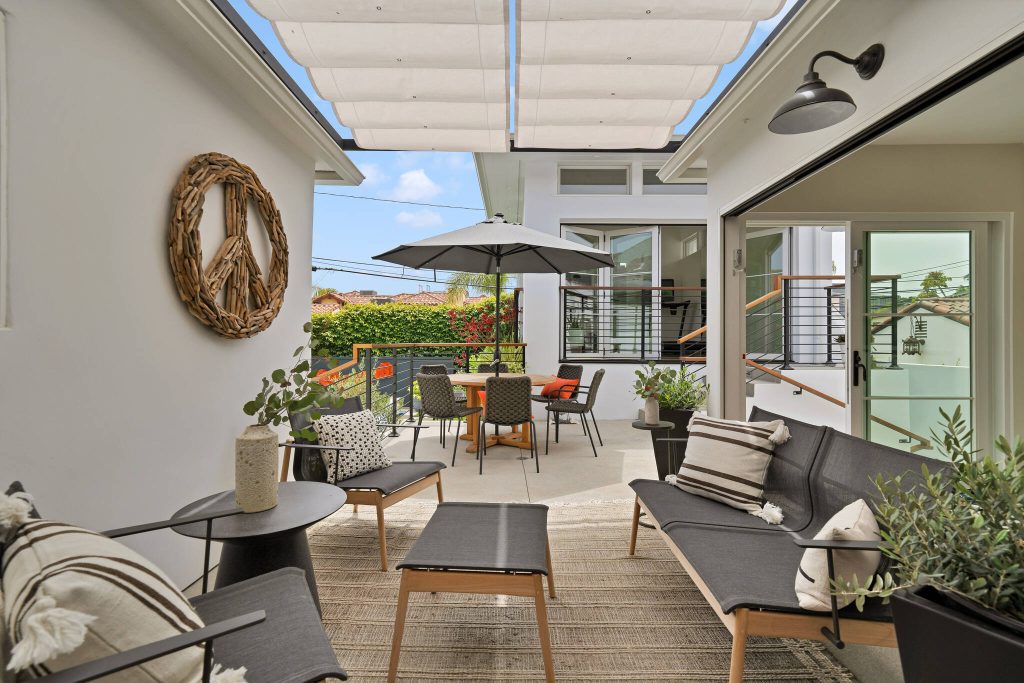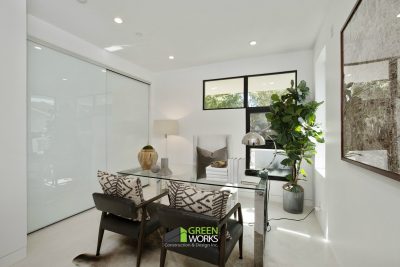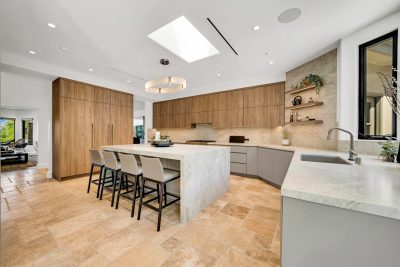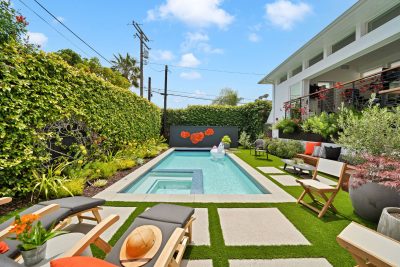
Los Angeles ADU Construction in 2024
December 18, 2023
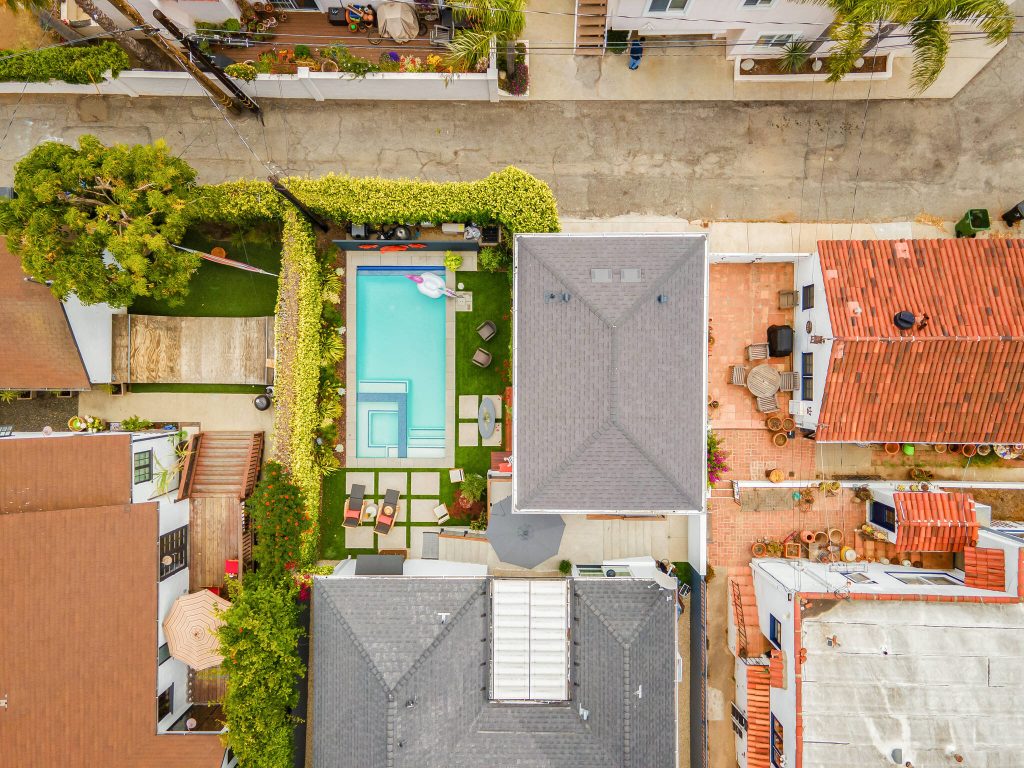
Before you read this article on AB-1033, SB-897 and California ADU’s in 2024, here are some of our other articles on ADU’s for your reading:
- Choosing the Design of an Accessory Dwelling Unit: Tips and Ideas
- Unlocking the Benefits of Building an ADU in your Backyard
- ADU Regulations in California
- ADU Terminology: A Complete Guide
- ADU Architects: A Comprehensive Guide
- ADU Size Limits in Los Angeles
- 10 Mistakes You’re Making On Your ADU Project
- Granada Hills ADU: 10 Reasons Why to Build
Los Angeles ADU Construction in 2024: Understanding AB-1033 and SB-897
AB-1033, an amendment to the previous ADU laws, primarily focuses on streamlining the approval process for ADU applications. This bill ensures that local agencies adhere to a 60-day timeline for processing ADU permits, promoting efficiency. SB-897 further complements these efforts by providing specific guidelines on ADU construction, including size, design, and location, offering clarity and uniformity in ADU development across the state.
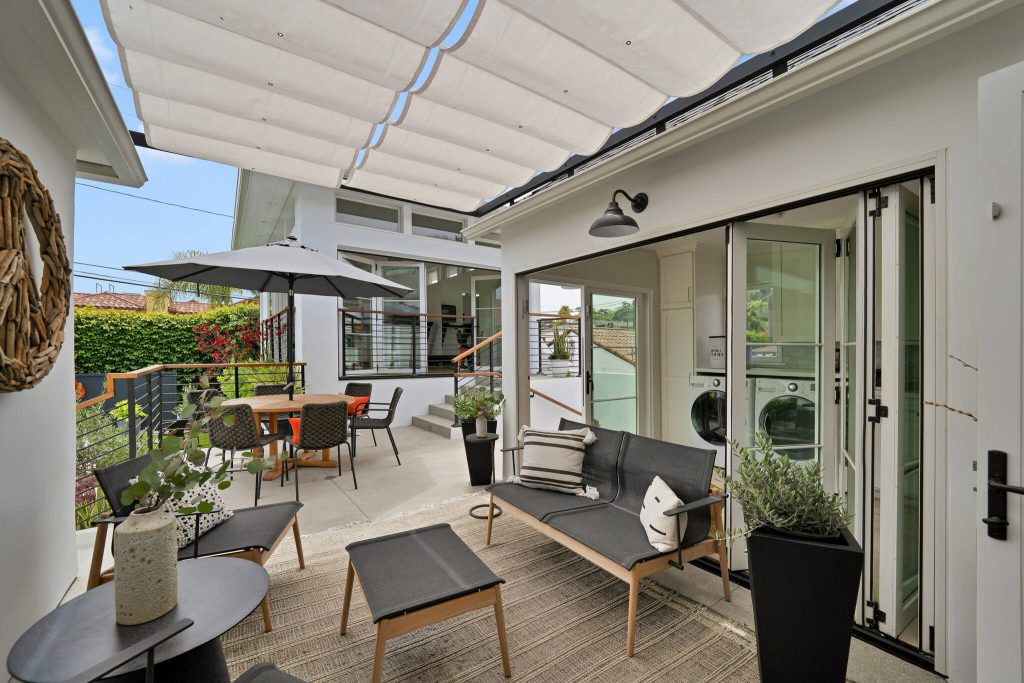
Decoding AB-1033
AB-1033 is a legislative milestone that has a profound impact on ADU construction in Los Angeles. The bill states:
Key Provisions of AB-1033
- Streamlining Local Governmental Powers: AB-1033 clarifies that local governments have the authority to regulate short-term rentals within their jurisdiction, aligning with existing laws.
- Empowering Homeowner Associations: The bill reinforces the right of associations, under the Davis-Stirling Common Interest Development Act, to develop community covenants and regulations that govern ADUs within a common interest development.
- Zoning and Development Standards: It mandates that local agencies may establish zones for ADU construction, setting objective standards, including limitations on parking, height, and size, to minimize adverse impacts on historical resources and maintain community aesthetics.
- Density and Design Consistency: ADUs must not exceed the allowable density for the lot and should be consistent with the existing general plan and zoning designations.
- Rental and Ownership Regulations: The act specifies that ADUs may be rented separately from the primary residence but cannot be sold or conveyed separately.
Future Proofing Los Angeles ADU Construction
As Los Angeles embraces these legislative changes, the focus on future-proofing ADU construction is paramount. The following are key strategies for ensuring that ADUs contribute positively to the city’s housing needs in 2024 and beyond:
Embracing Sustainability
Sustainable construction practices are at the forefront of ADU development in Los Angeles. Utilizing eco-friendly materials, incorporating energy-efficient designs, and ensuring water conservation are essential in aligning with California’s environmental goals.
Leveraging Technology
Incorporating smart home technology and innovative construction methods, like modular building, can significantly enhance the efficiency and livability of ADUs. This approach not only reduces construction time but also ensures long-term sustainability.
Community Integration
ADUs should be designed to harmoniously integrate with existing neighborhoods. This involves considering architectural styles, community needs, and ensuring that ADUs contribute to the aesthetic and functional value of communities.
Affordability and Accessibility
One of the critical aims of AB-1033 and SB-897 is to address the housing affordability crisis in Los Angeles. ADUs offer a cost-effective solution, providing affordable housing options without compromising on quality. Ensuring accessibility for all, including the elderly and differently-abled, is also crucial.
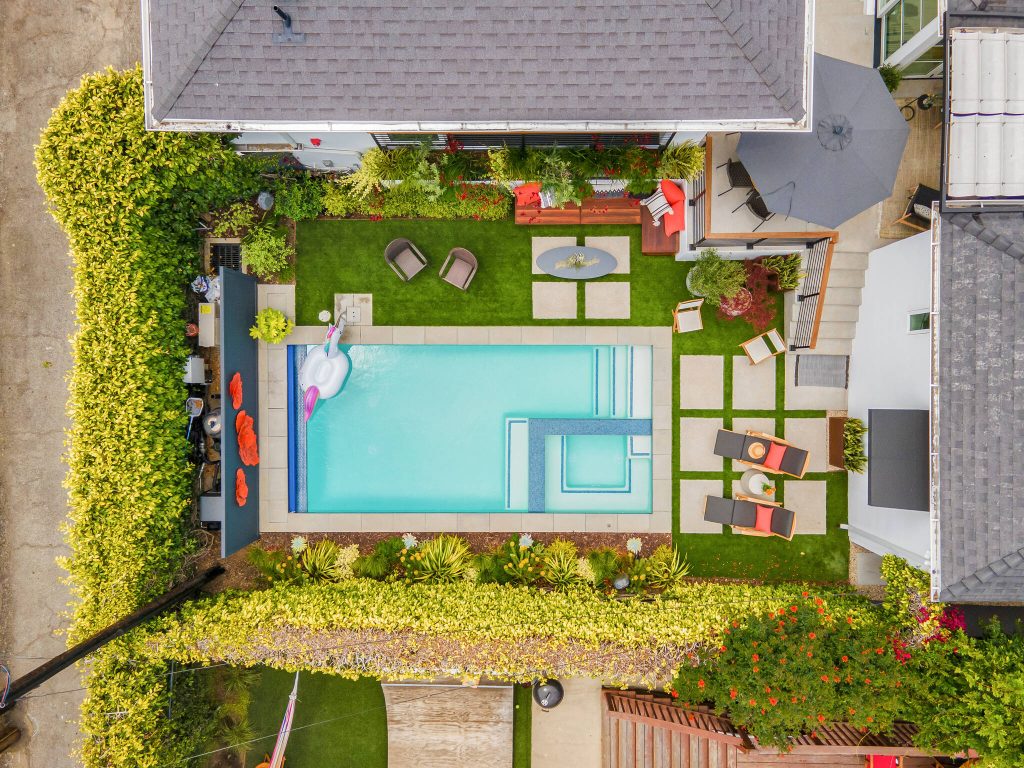
Challenges and Opportunities
While the future looks promising, there are challenges to navigate. Balancing community concerns, such as maintaining neighborhood character and ensuring adequate infrastructure support, is crucial. However, the opportunities outweigh these challenges, with ADUs offering a unique solution to increase housing stock, diversify housing options, and foster inclusive communities.
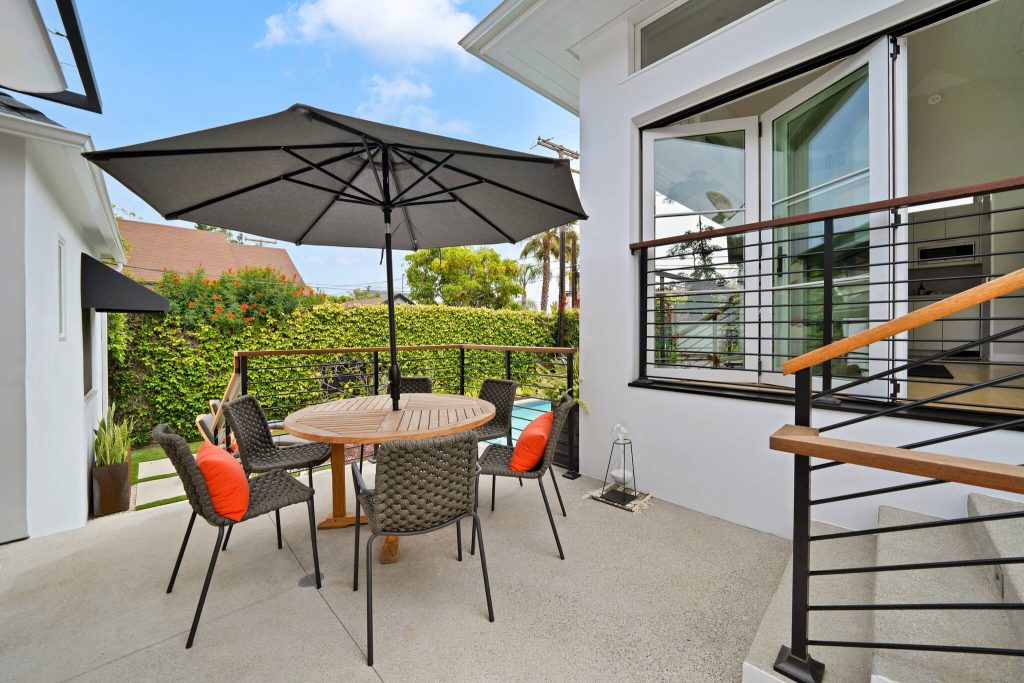
Los Angeles ADU Construction in 2024: Decoding SB897
- Objective Standards for ADUs: This provision requires that the criteria set by local agencies for ADUs be objective, meaning they should be clear, measurable, and not subject to personal interpretation or discretion. This aims to simplify and standardize the approval process, making it more transparent and predictable.
- Prohibition of Application Denial for Specific Reasons: Local agencies are restricted from denying ADU applications due to existing zoning nonconformities, building code violations, or unpermitted structures, provided these issues don’t directly affect public health or safety and are not related to the ADU’s construction. This facilitates the creation of ADUs without penalizing homeowners for unrelated issues.
- Concurrent Demolition Permits for Garages Replaced by ADUs: When a detached garage is being demolished to make way for an ADU, local agencies are required to process the demolition permit alongside the ADU permit. This streamlines the process, especially as it removes the need for separate notifications or placards, except in historically significant areas.
- Height and Setback Modifications: The bill adjusts the maximum height limits for ADUs under specific circumstances (like proximity to transit or if the ADU is attached to the main dwelling). It also sets minimum and maximum size limits, providing clearer guidelines for development.
- Building Code Compliance for ADUs: Constructing an ADU won’t change the occupancy classification under local building codes, except in certain cases. Additionally, building an ADU won’t trigger the need for fire sprinklers in the primary residence unless it’s otherwise required.
- Ministerial Approval for ADUs in Multifamily Dwellings: This mandates a streamlined, non-discretionary approval process for a certain number of ADUs in multifamily dwellings, provided they meet specific criteria. This encourages the development of more housing units on existing multifamily properties.
- Parking Standards for ADUs: Local agencies are prohibited from imposing parking requirements for ADUs under certain conditions. This means if the ADU is near public transit or is part of a new dwelling unit. This aims to reduce barriers to ADU development related to parking.
- Requirements for Written Comments on Permit Denial: If an ADU permit application is denied, the local agency must provide a written explanation, offering specific feedback on how the application can be modified for approval. This transparency helps applicants understand and remedy the reasons for denial.
- Regulations for JADUs: The bill outlines specific requirements for creating Junior Accessory Dwelling Units, including construction within the existing or proposed single-family residence and a separate entrance, promoting smaller, integrated living units.
- Enforcement Delay for Pre-2018 ADUs: For ADUs built before January 1, 2018, local agencies must postpone enforcing building standards for up to five years upon request, unless immediate correction is necessary for health and safety. This provides a grace period for owners to bring older ADUs into compliance.
- Intent for ADU Grant Programs: The bill expresses the Legislature’s intent that state-funded ADU grant programs should cover predevelopment costs and foster accountability, promoting the development of ADUs through financial support and oversight.
- No Reimbursement Requirement: It clarifies that the state is not obligated to reimburse local agencies or school districts for the costs incurred due to the mandates of this bill, underscoring the state’s stance on financial responsibility for these regulations.
Conclusion
The year 2024 marks a significant milestone in Los Angeles’s journey towards a more inclusive and sustainable housing model, thanks to AB-1033 and SB-897. By future-proofing ADU construction, the city is not only addressing its immediate housing needs but also setting a precedent for urban development that other cities can emulate. As we continue to innovate and adapt, Los Angeles ADU Construction in 2024 could very well become a blueprint for future urban housing solutions globally.
